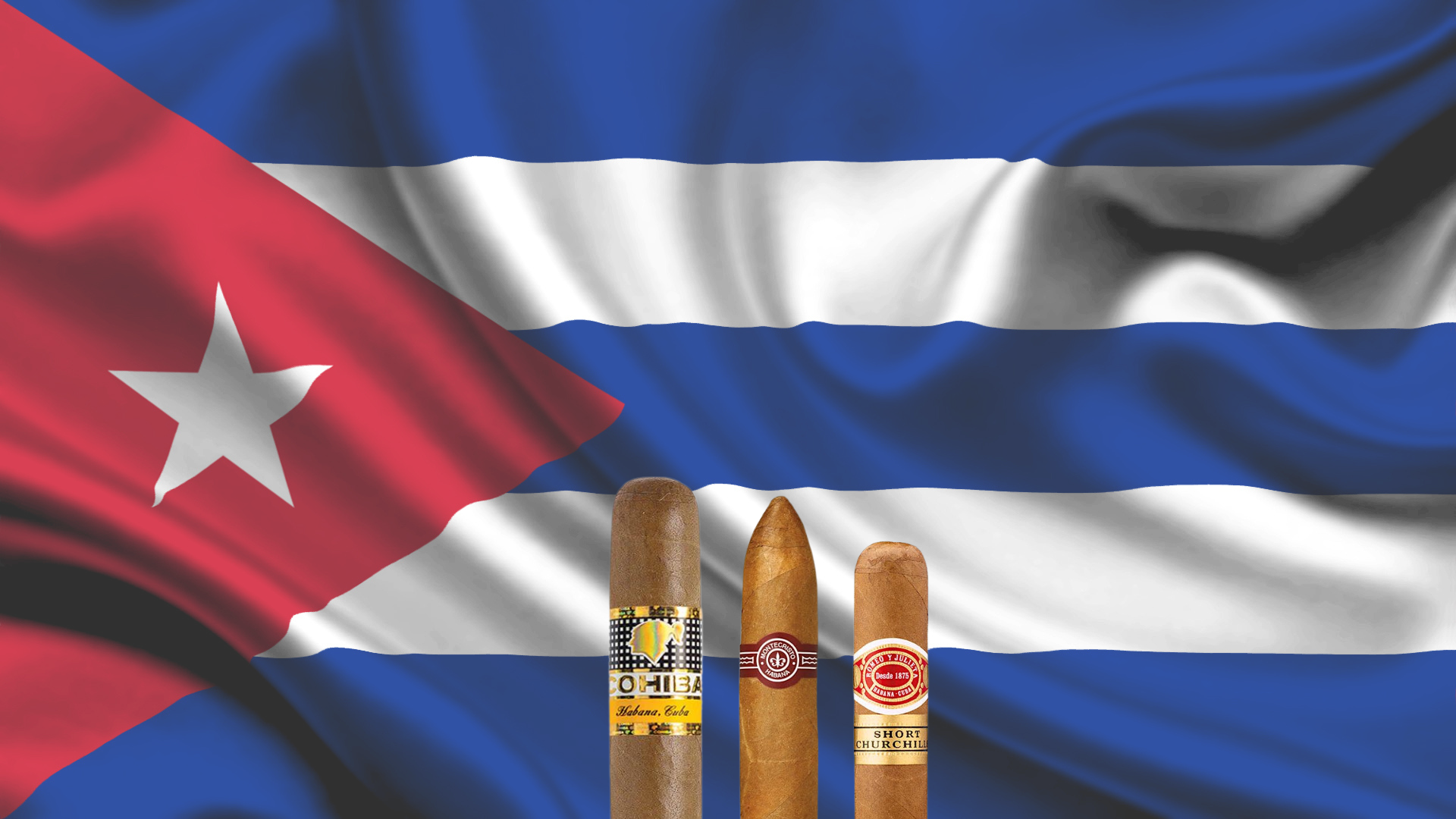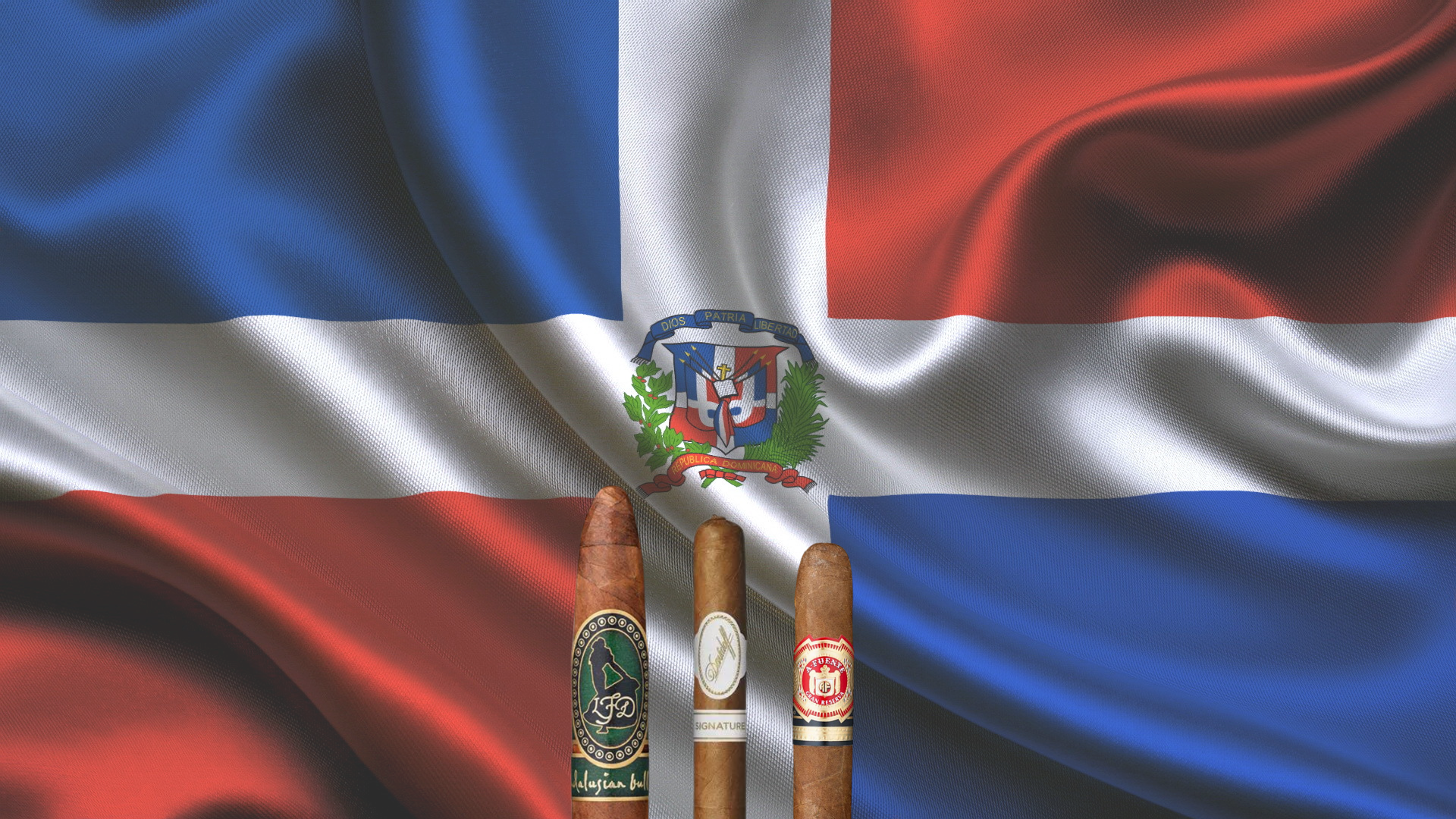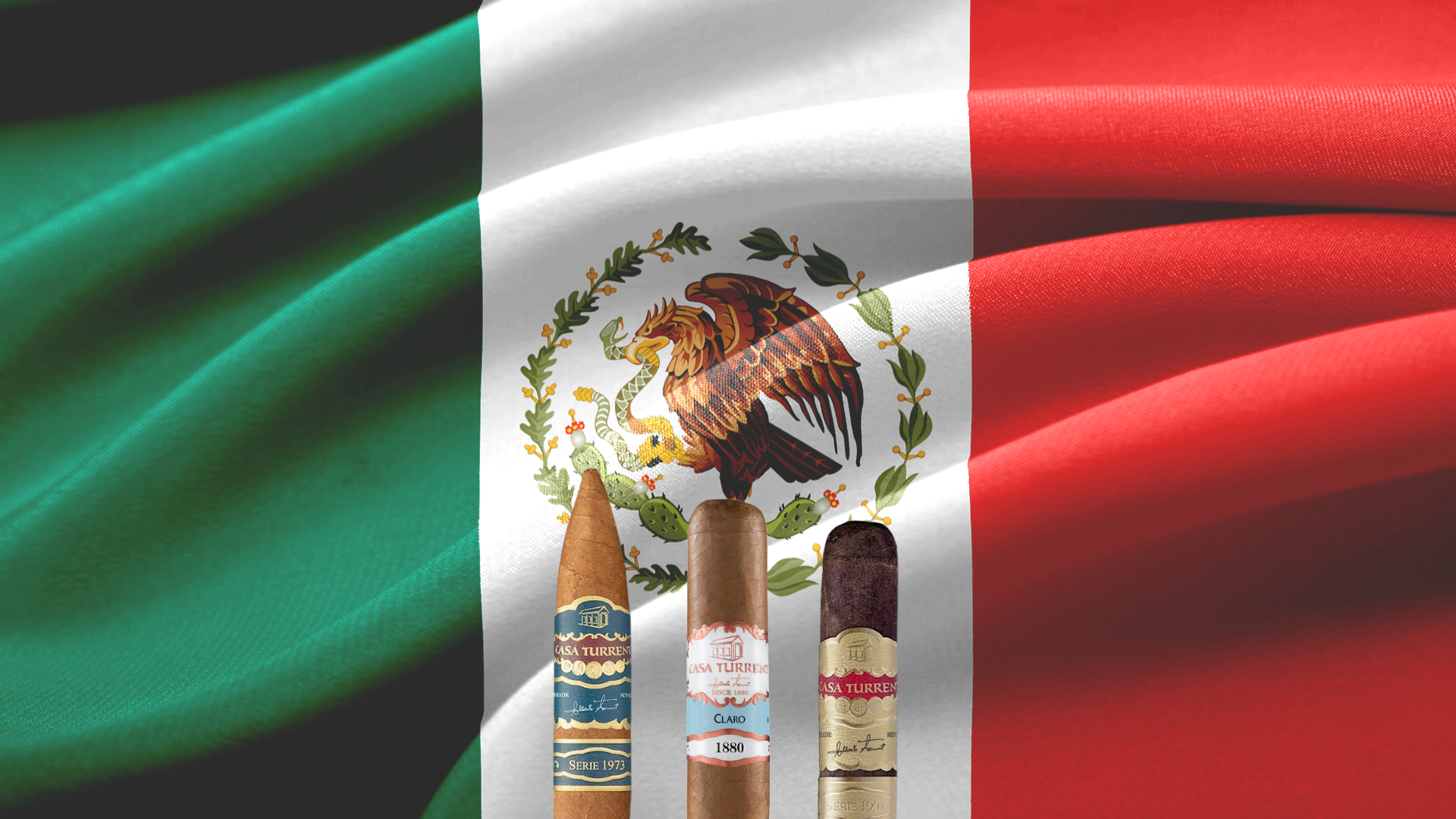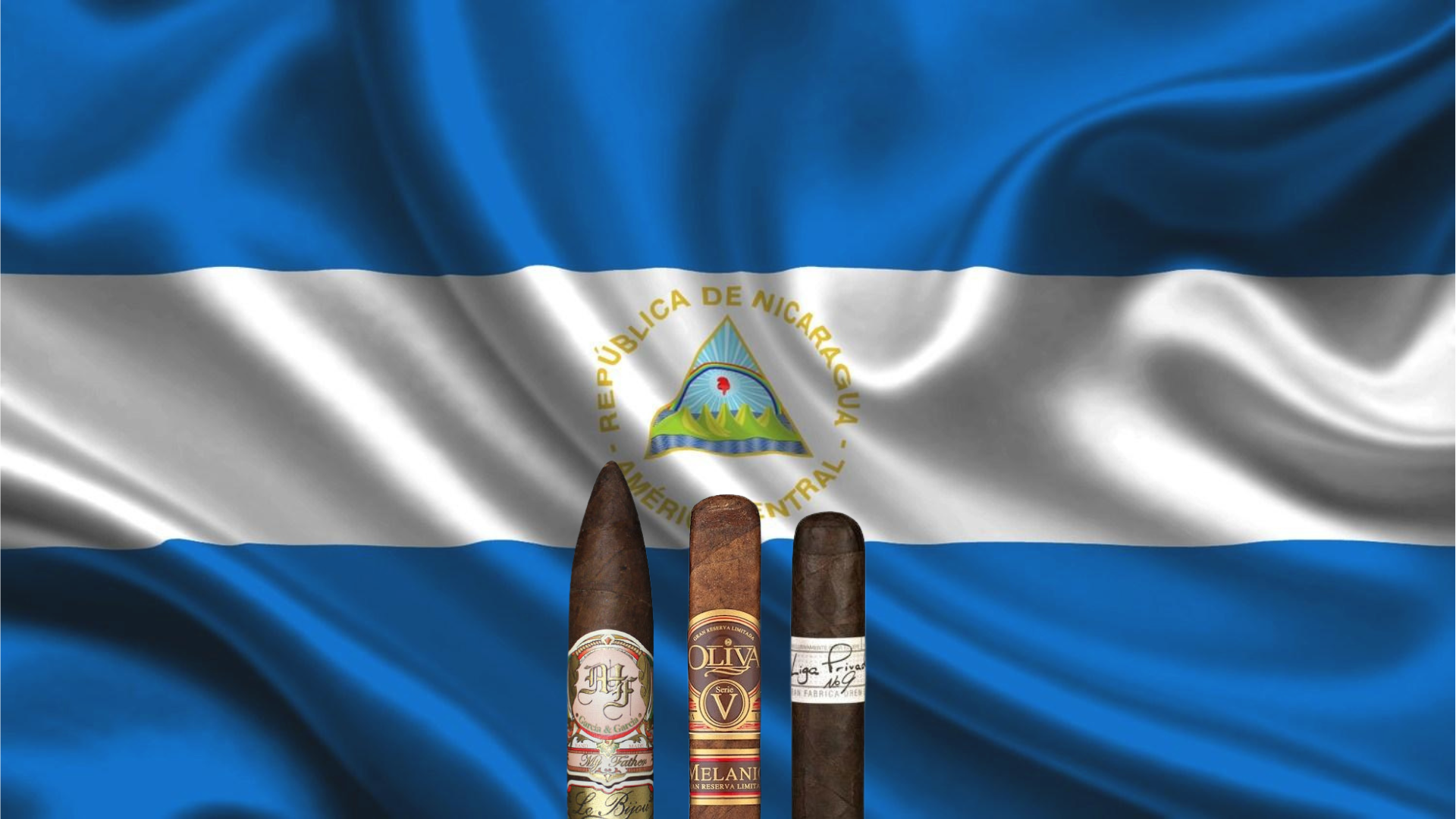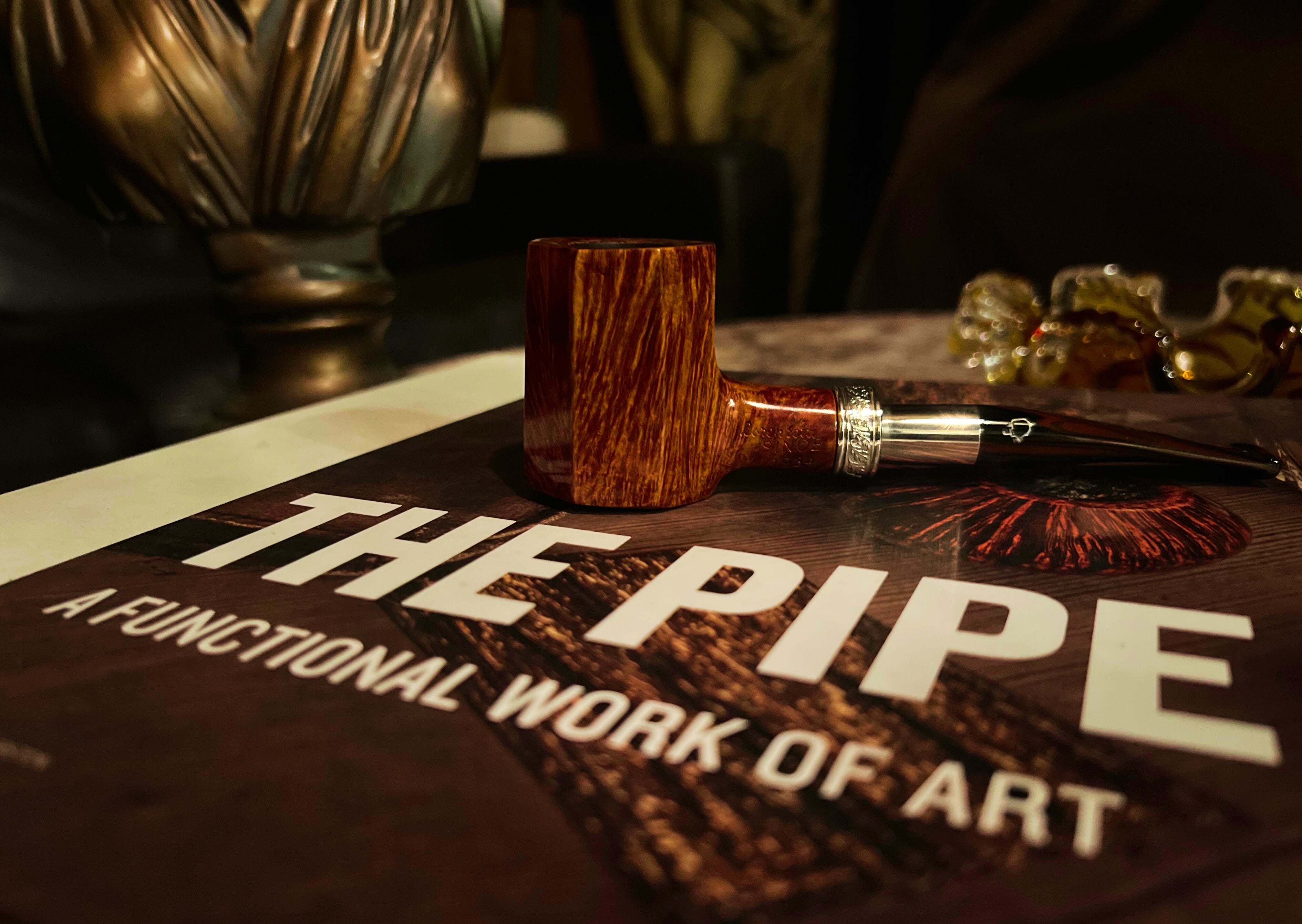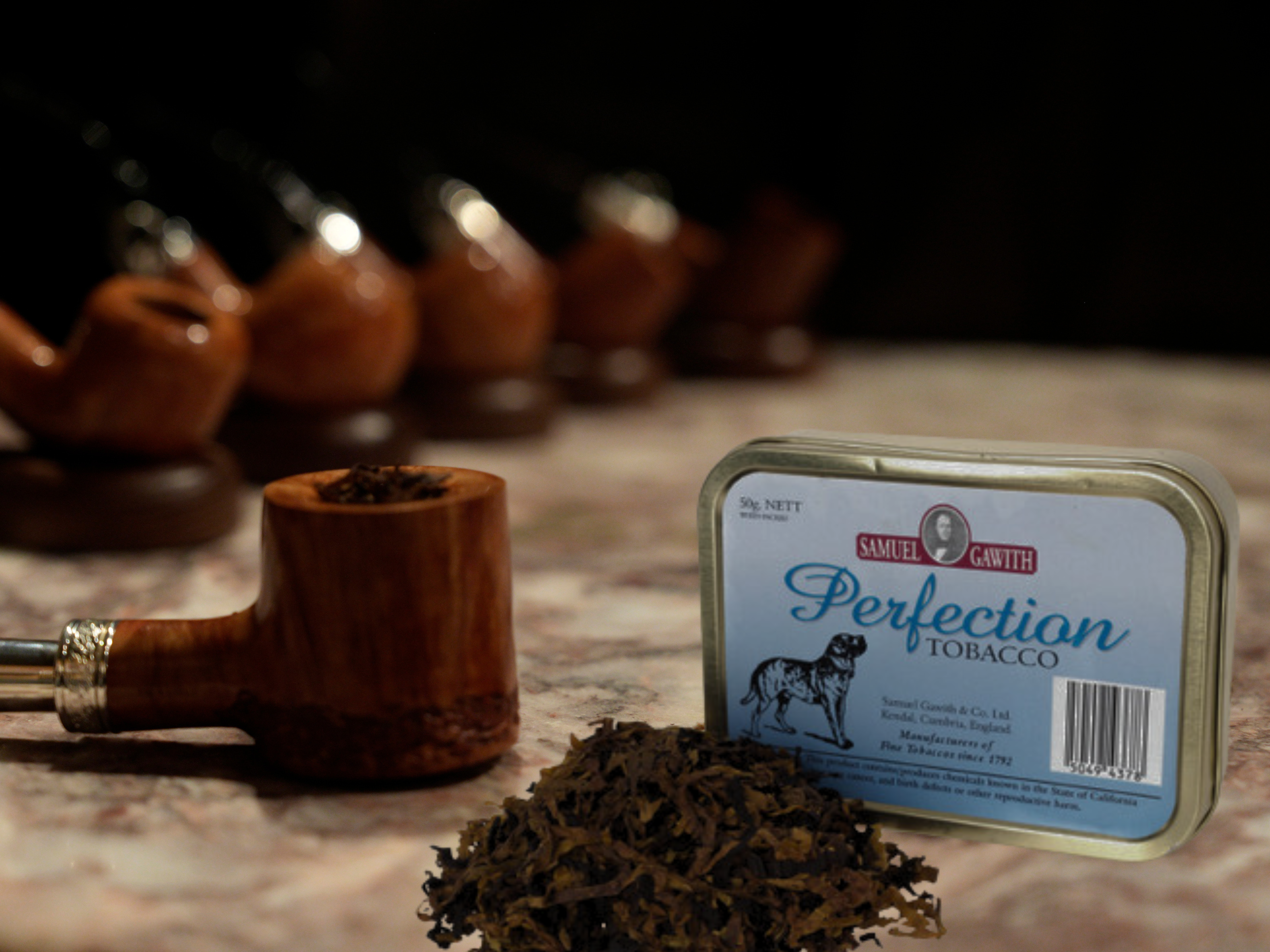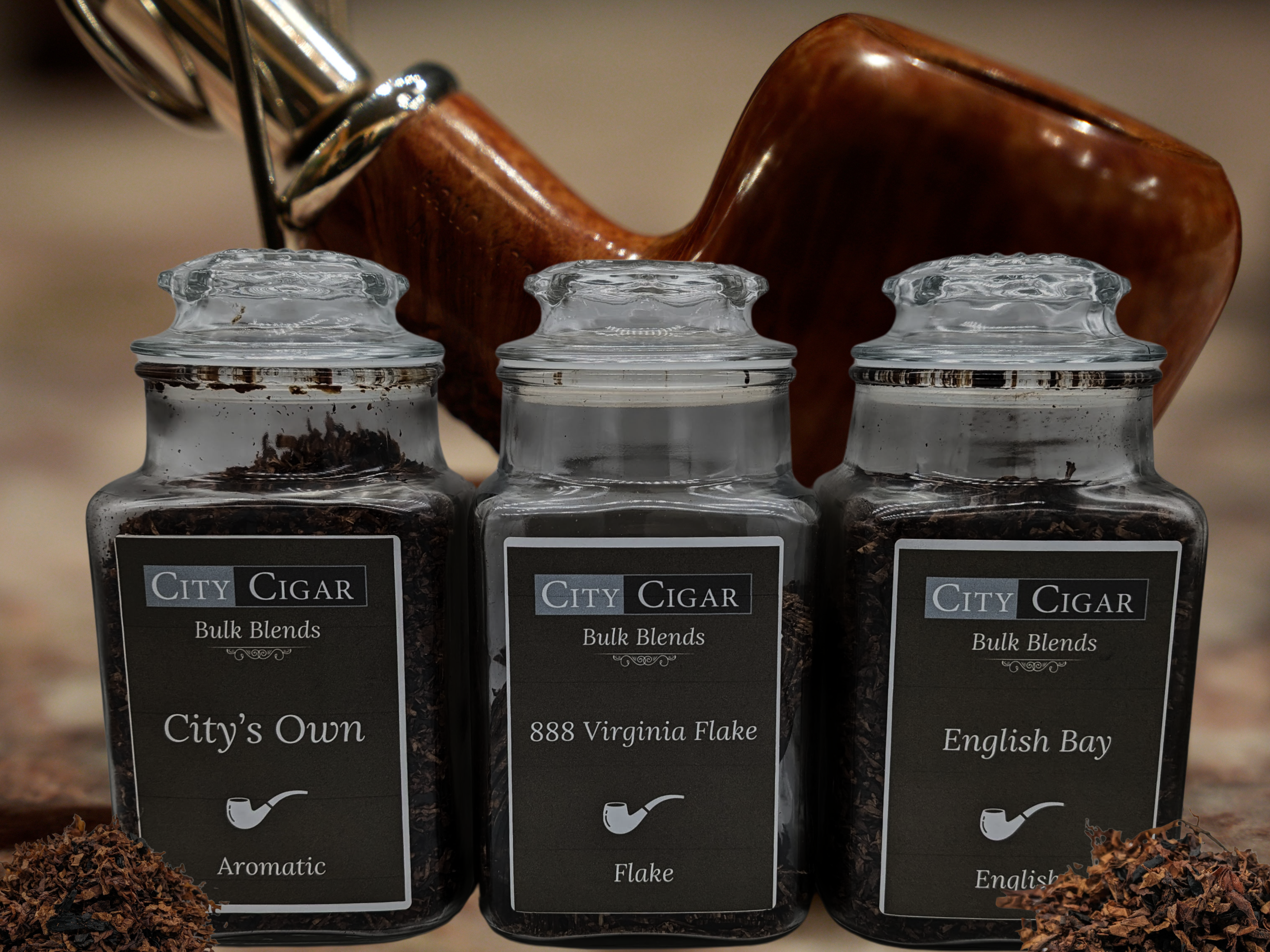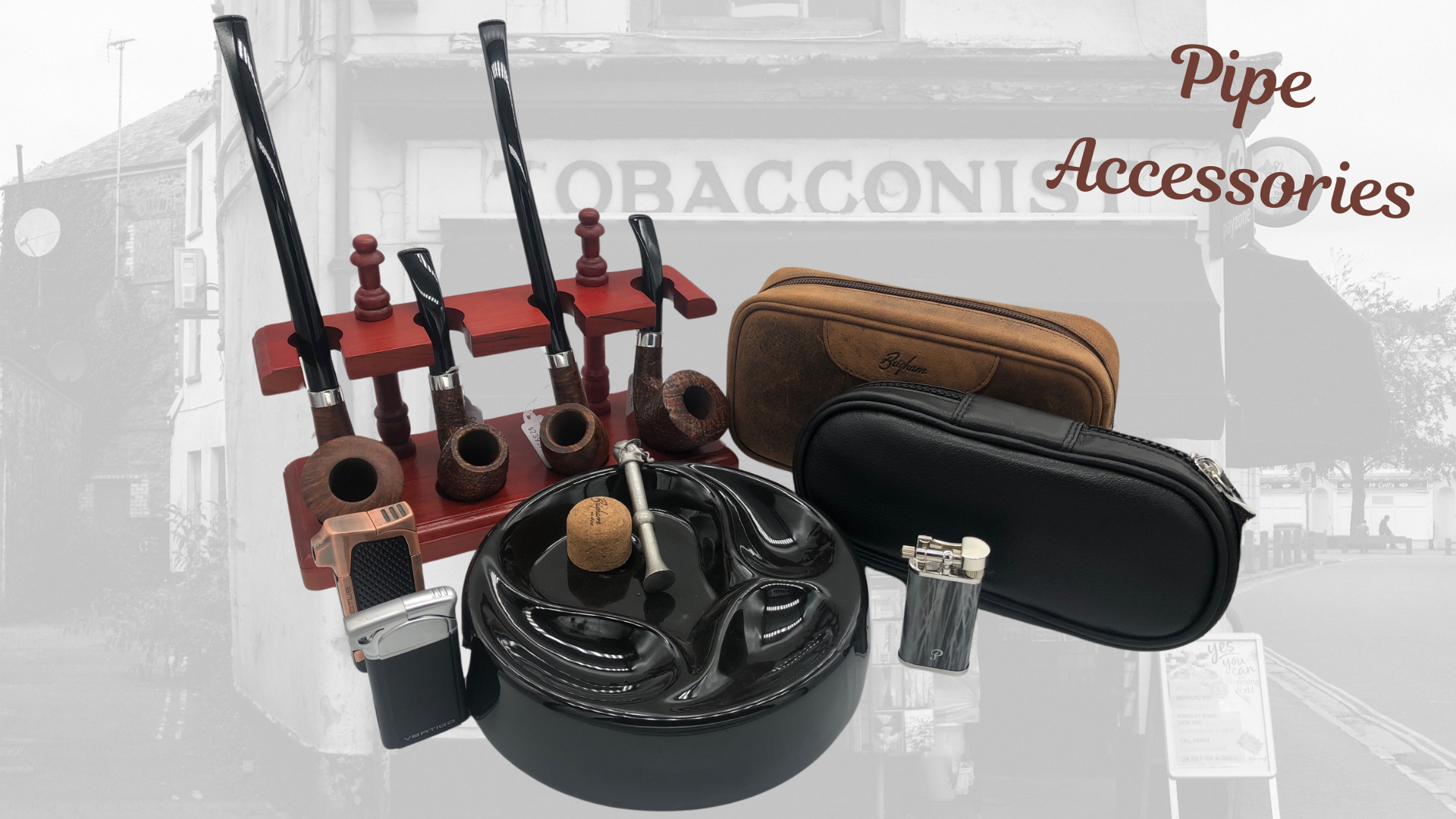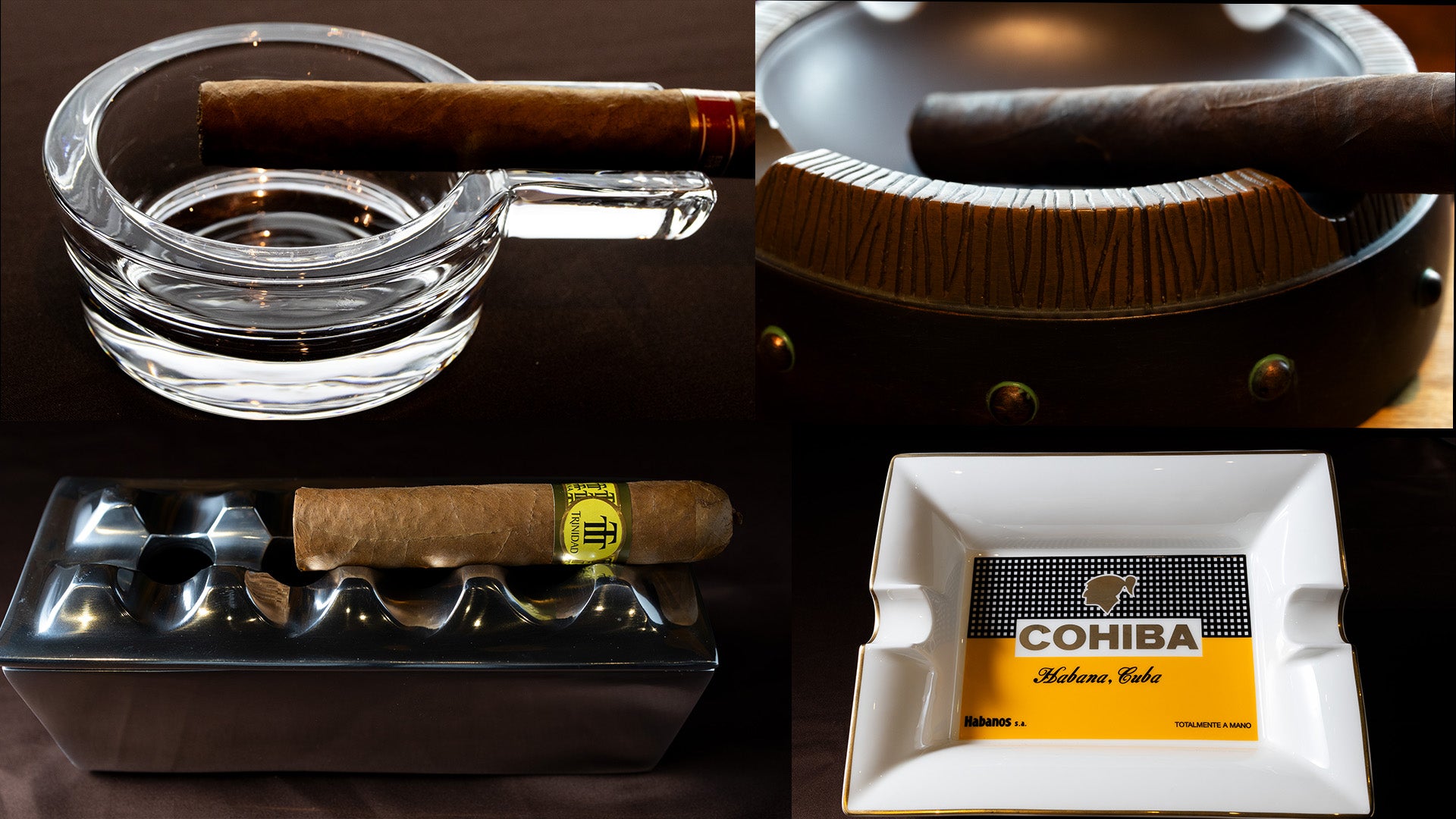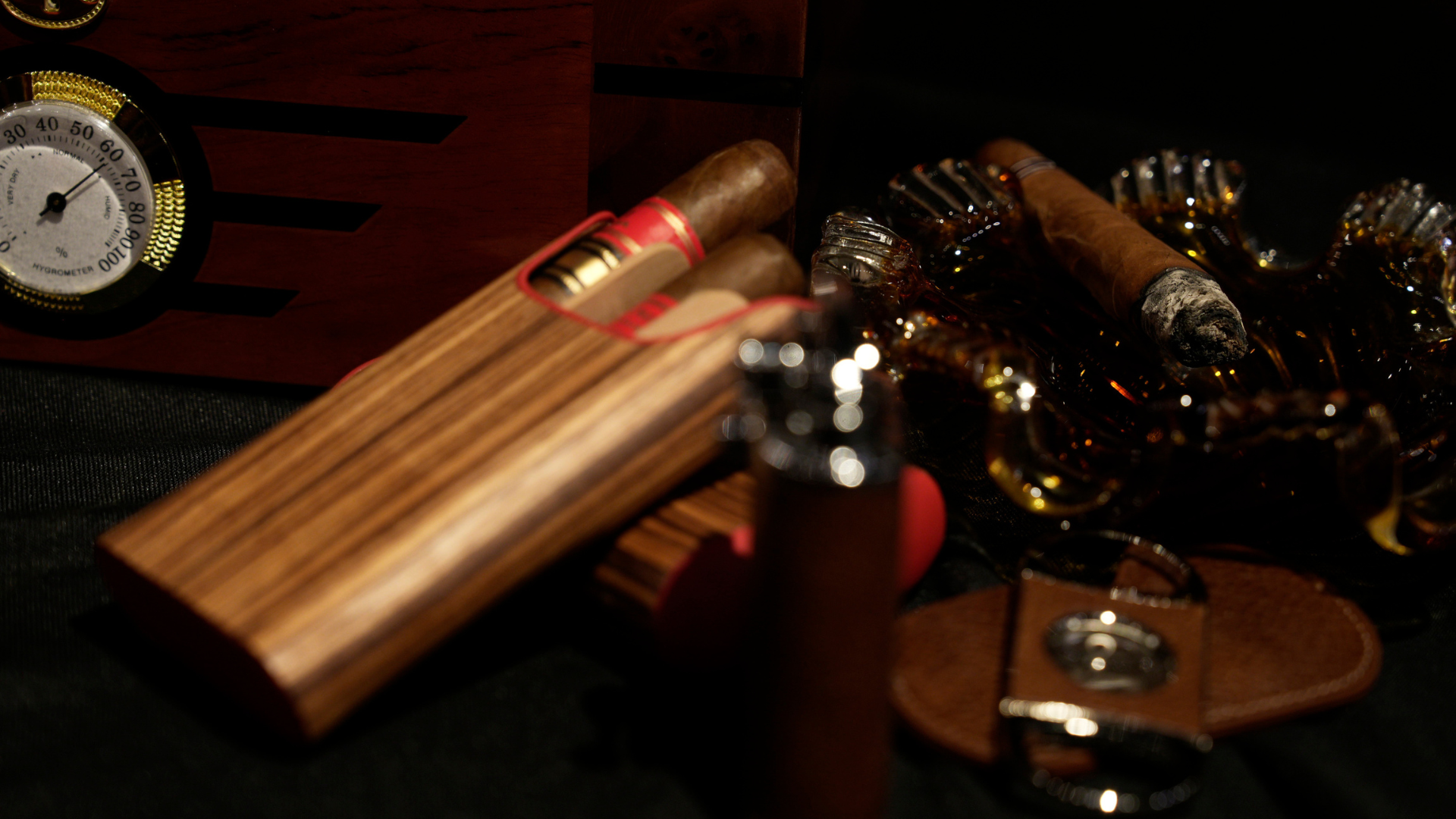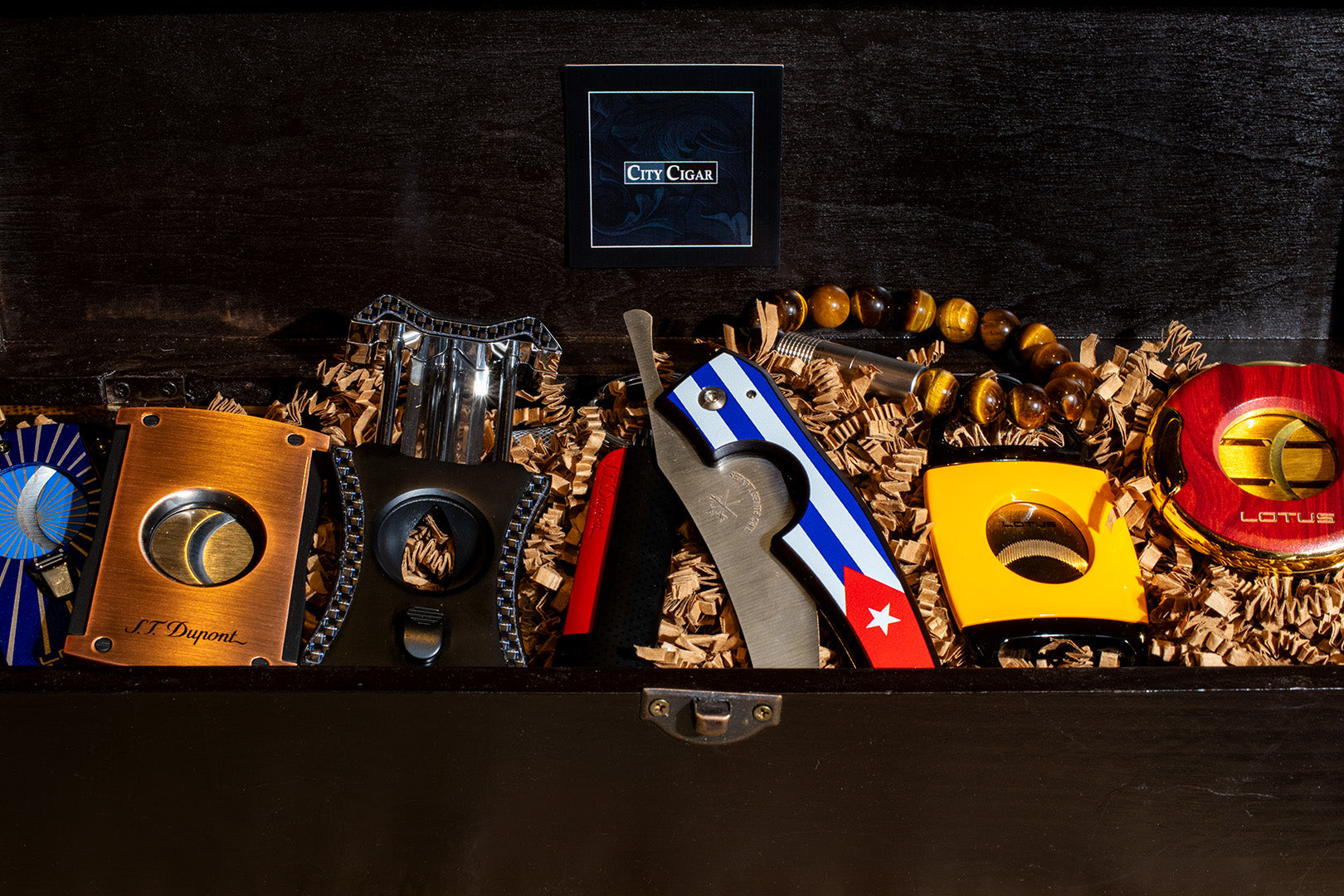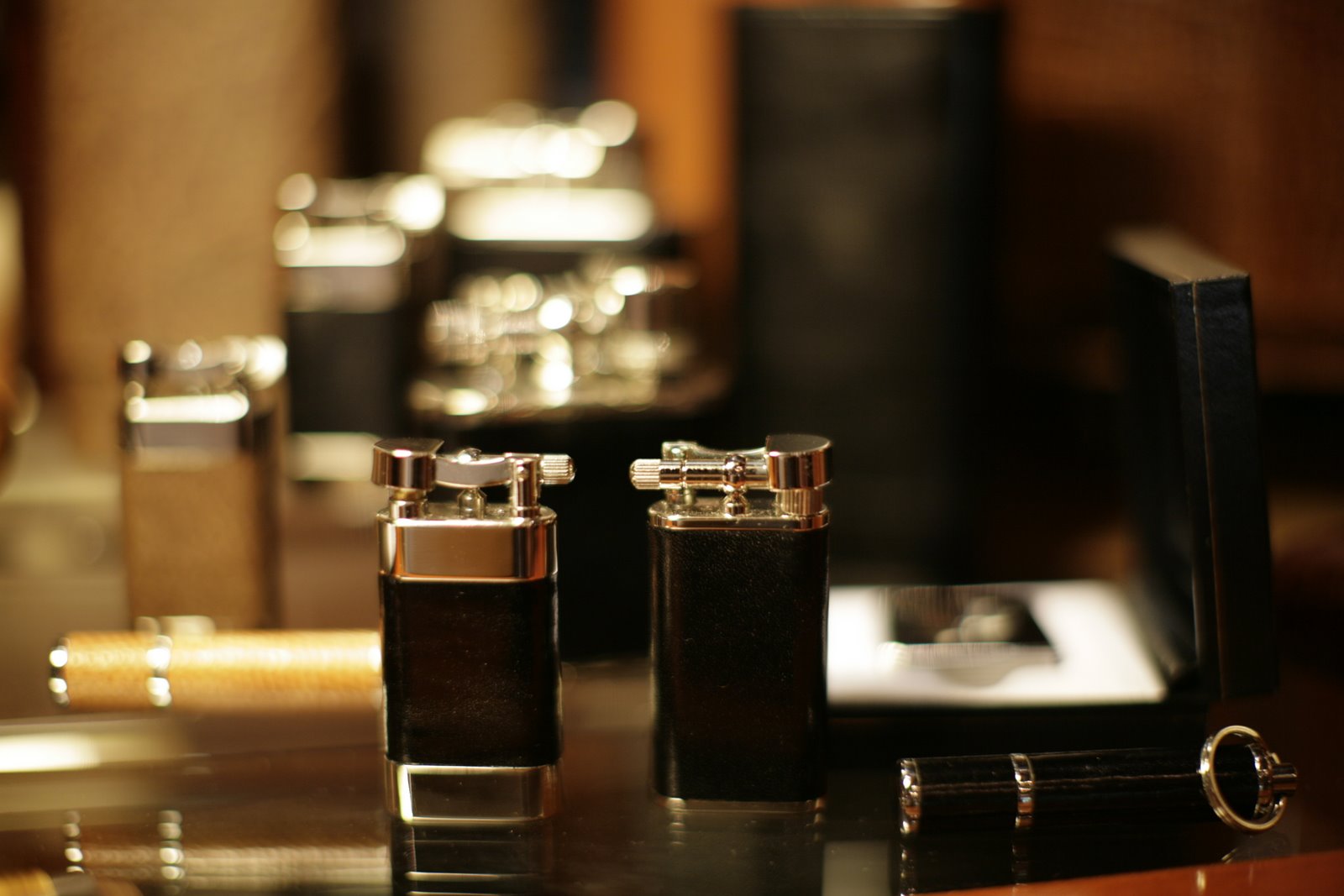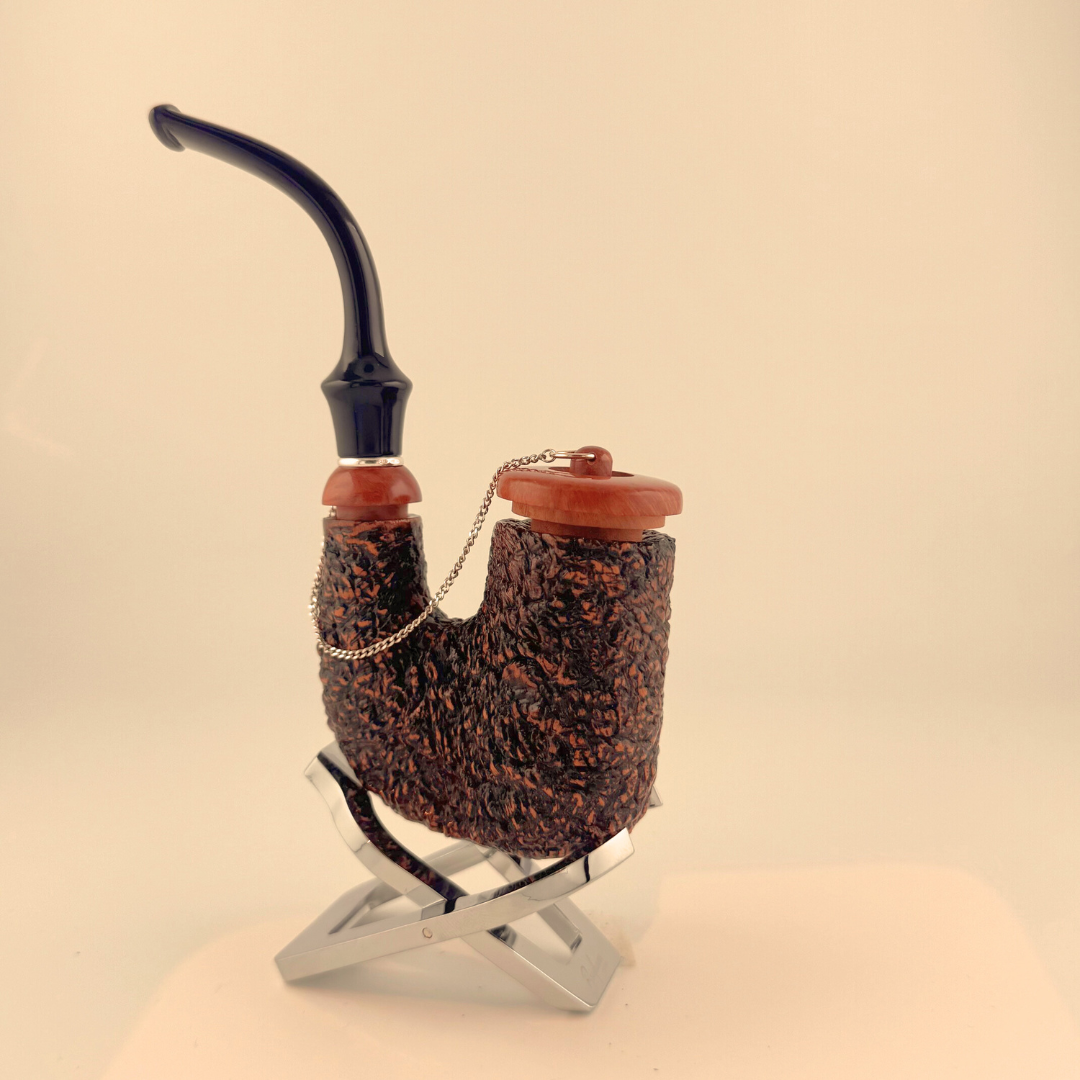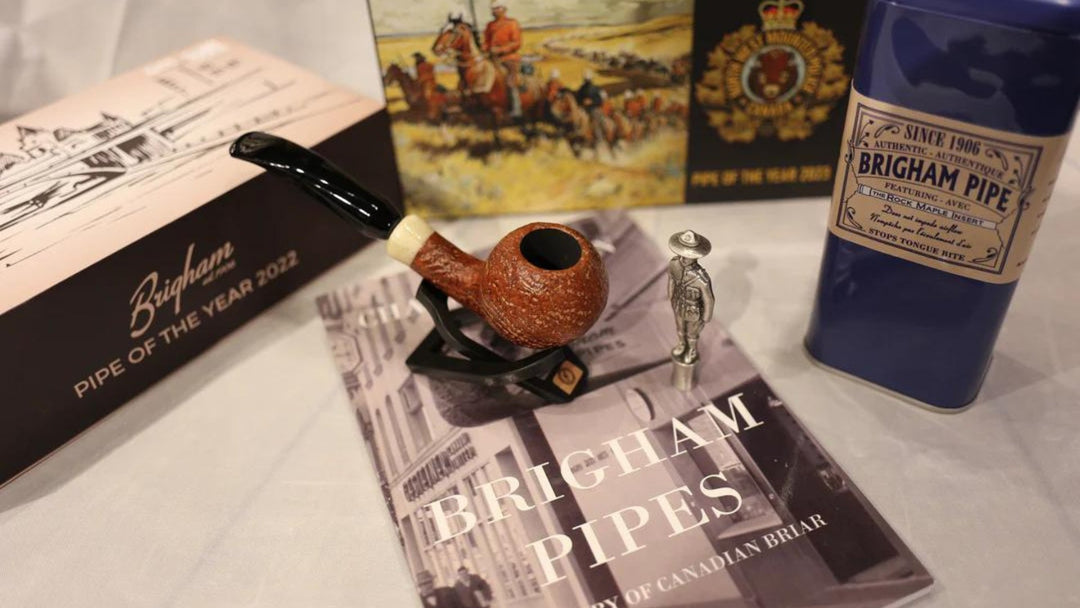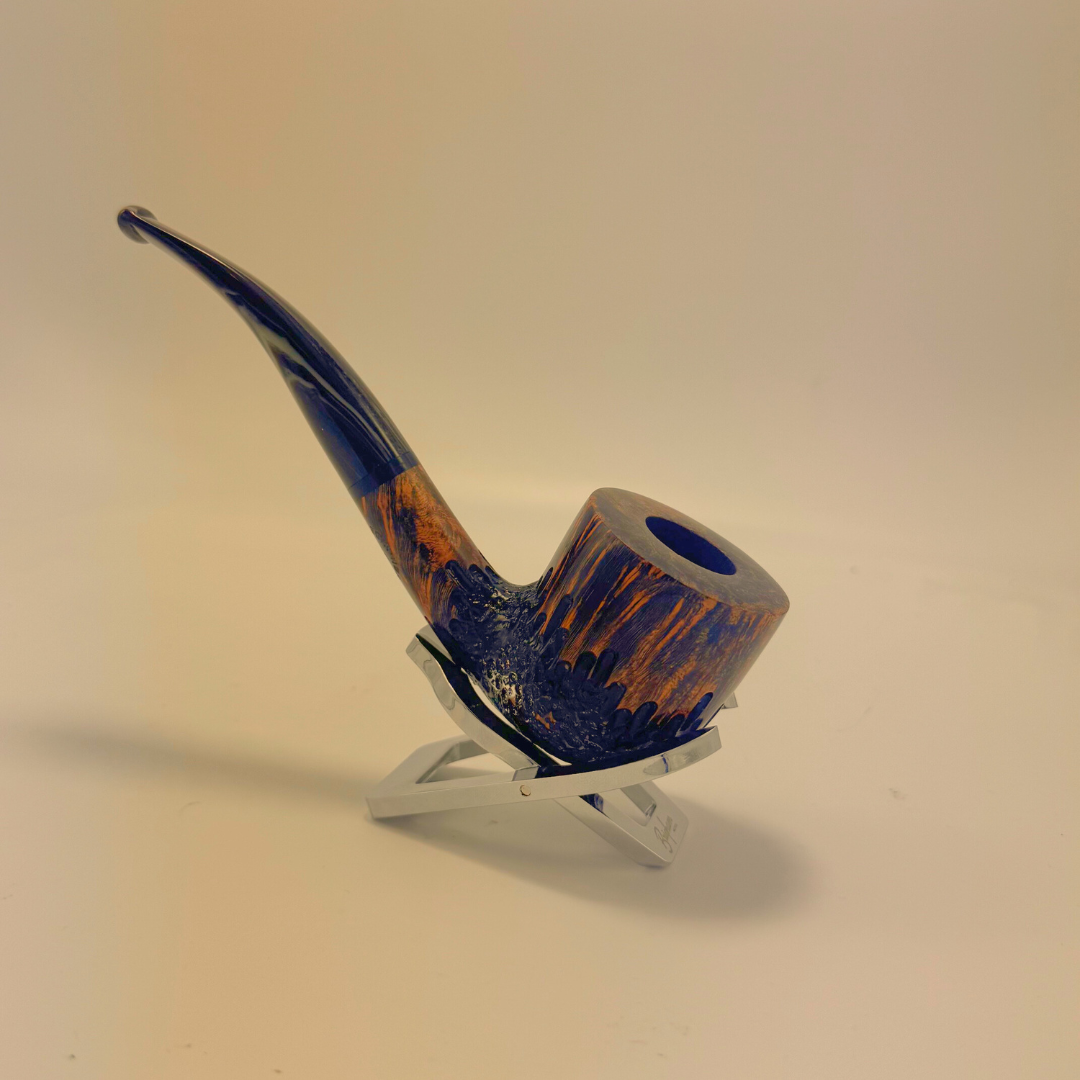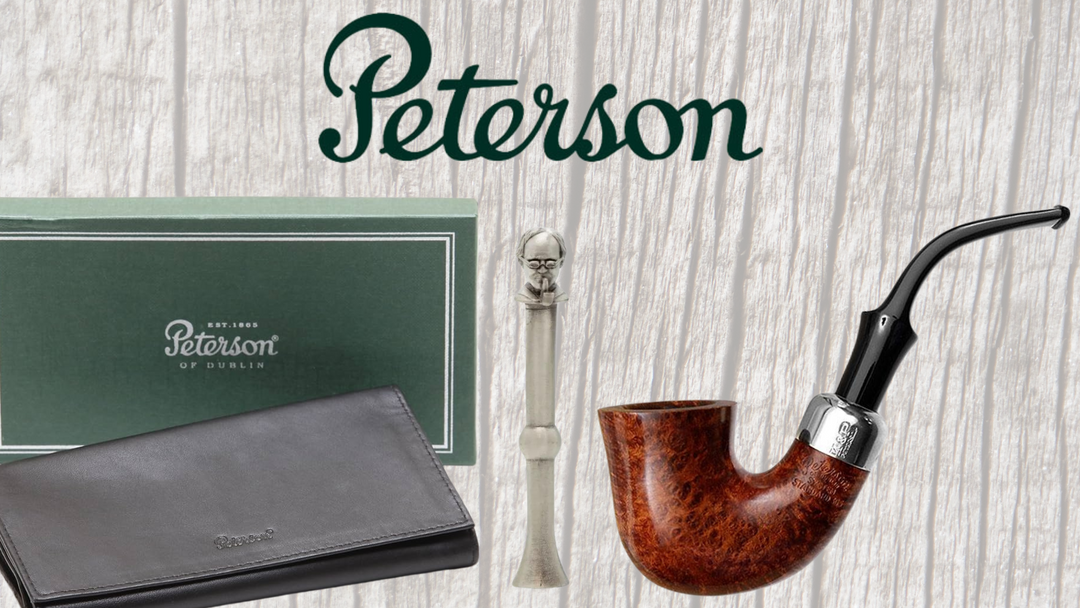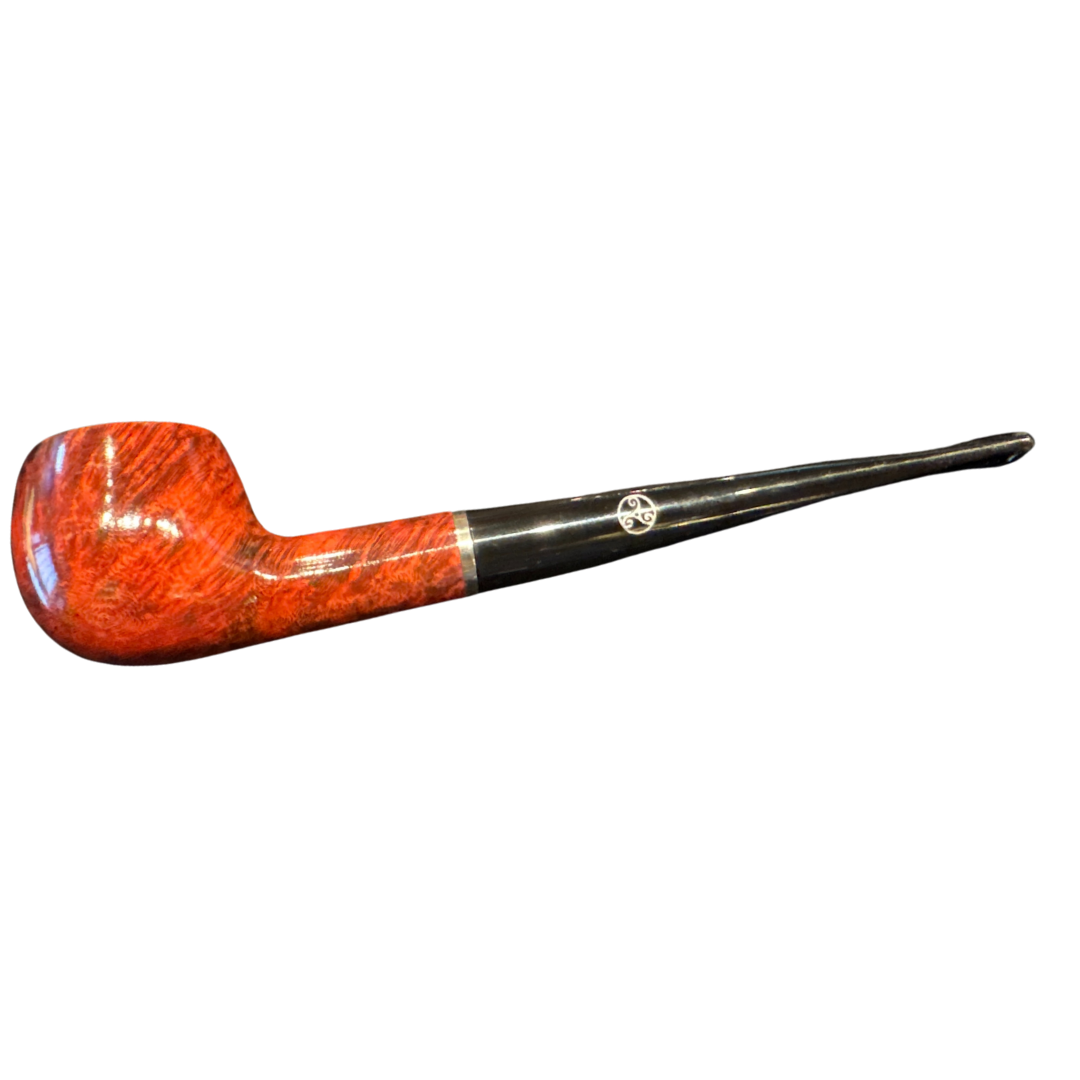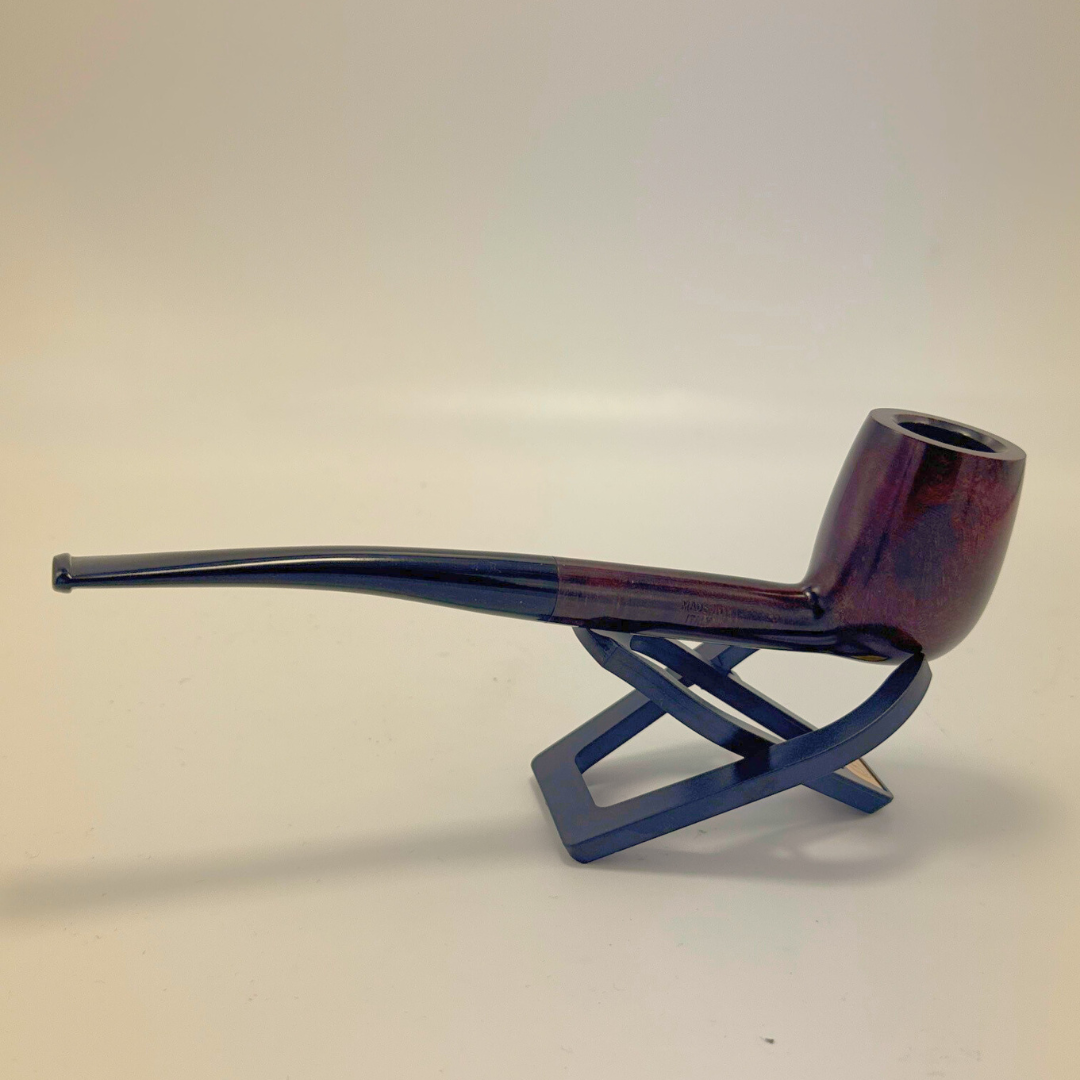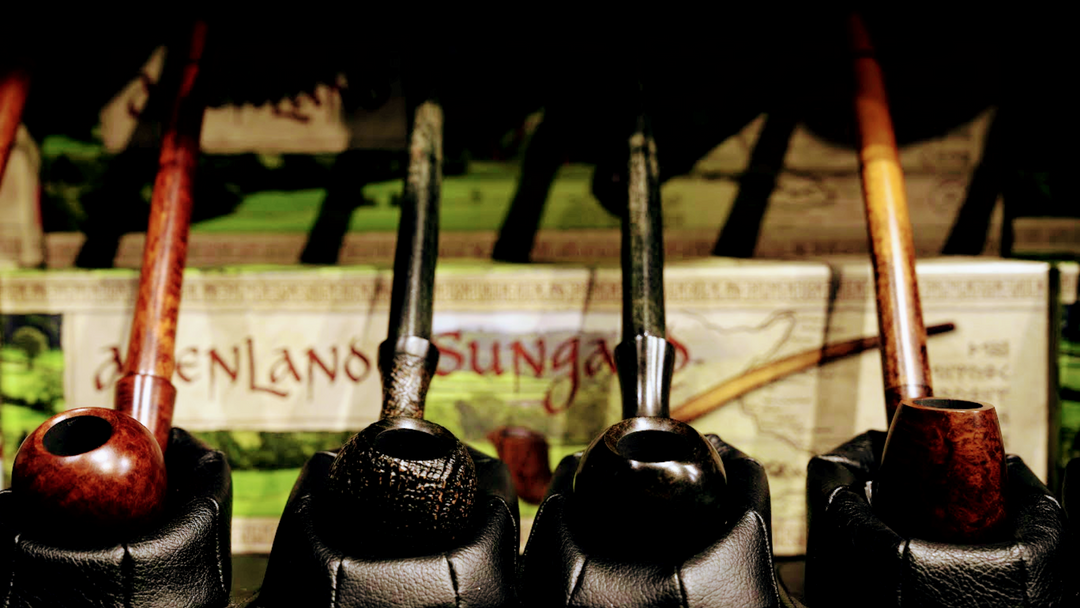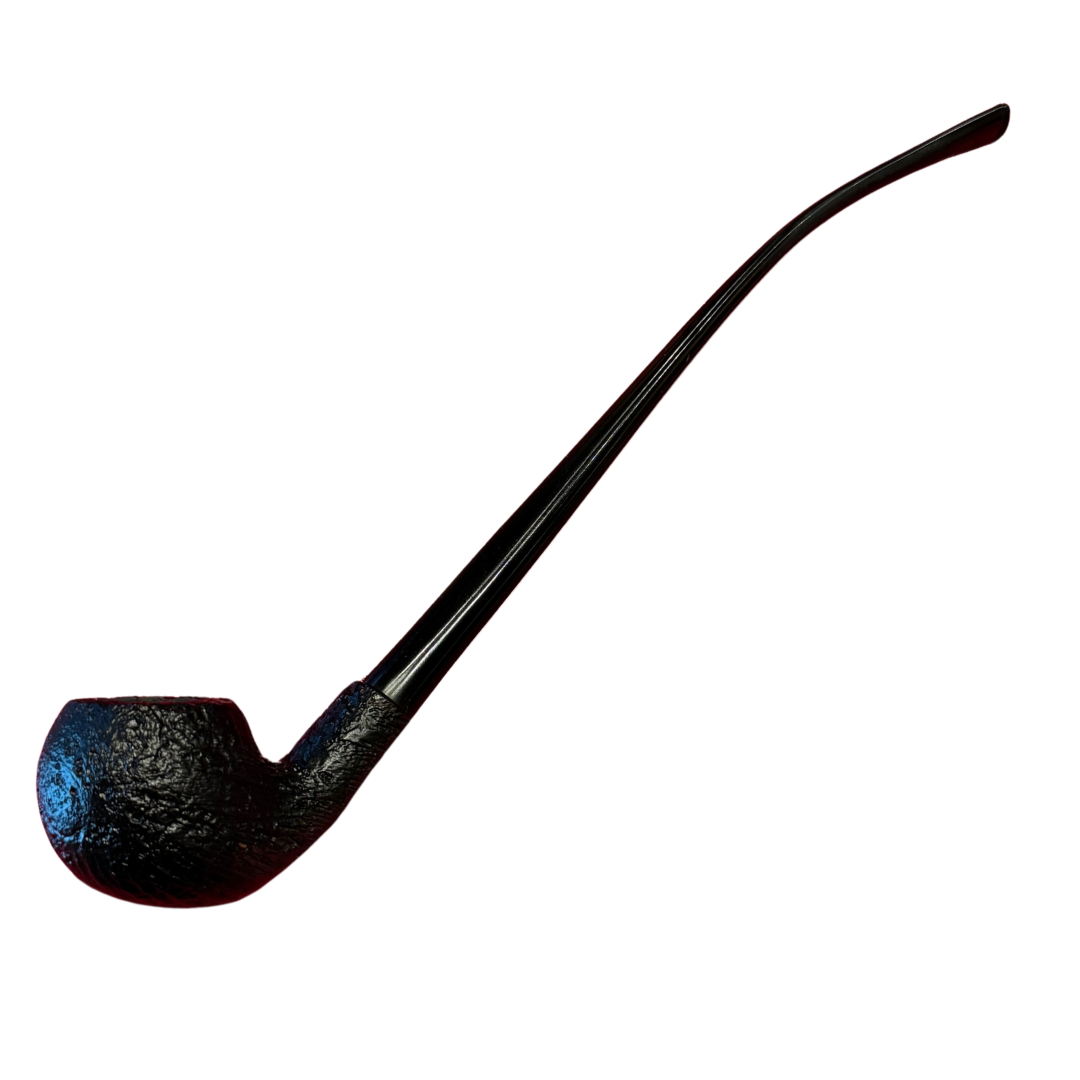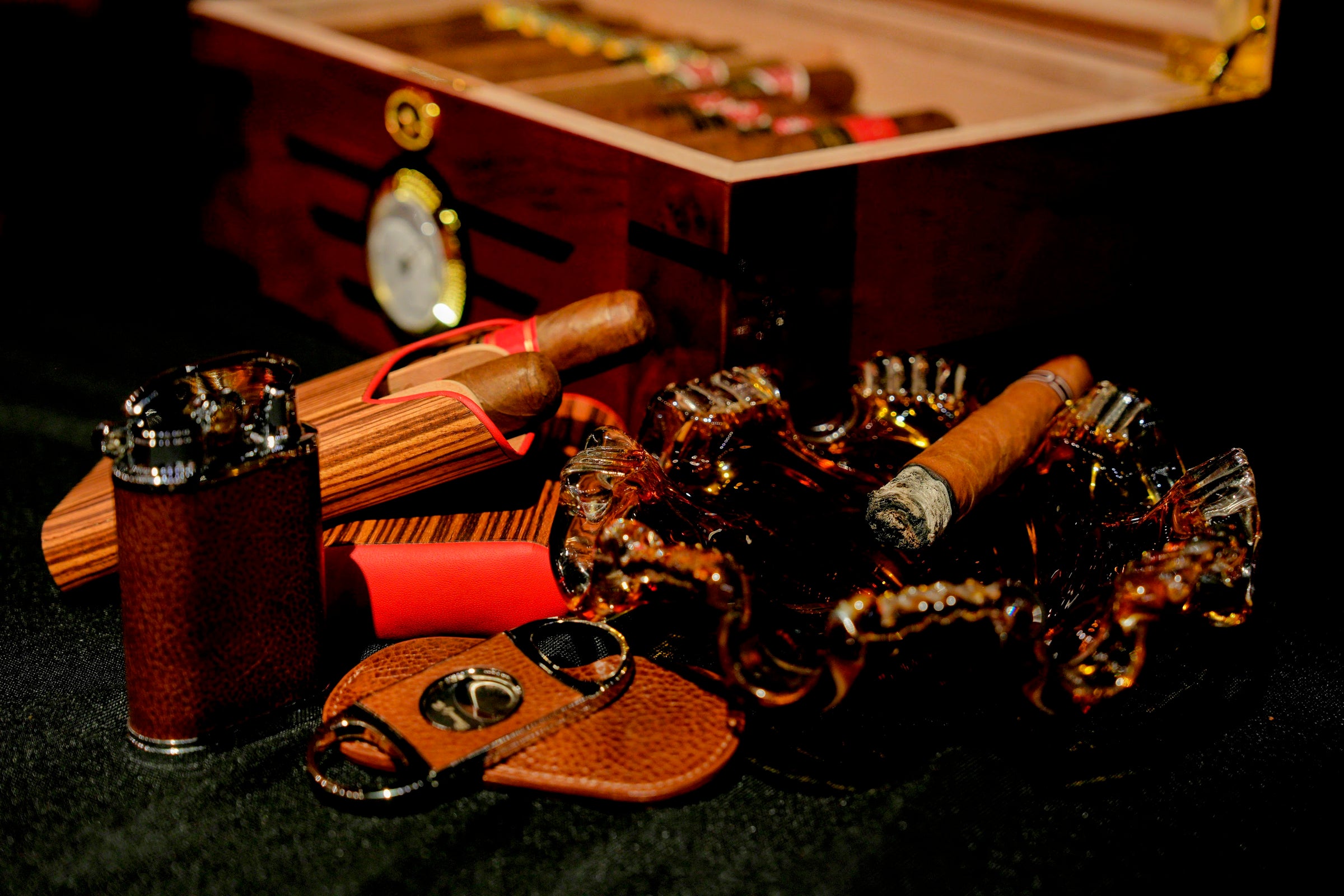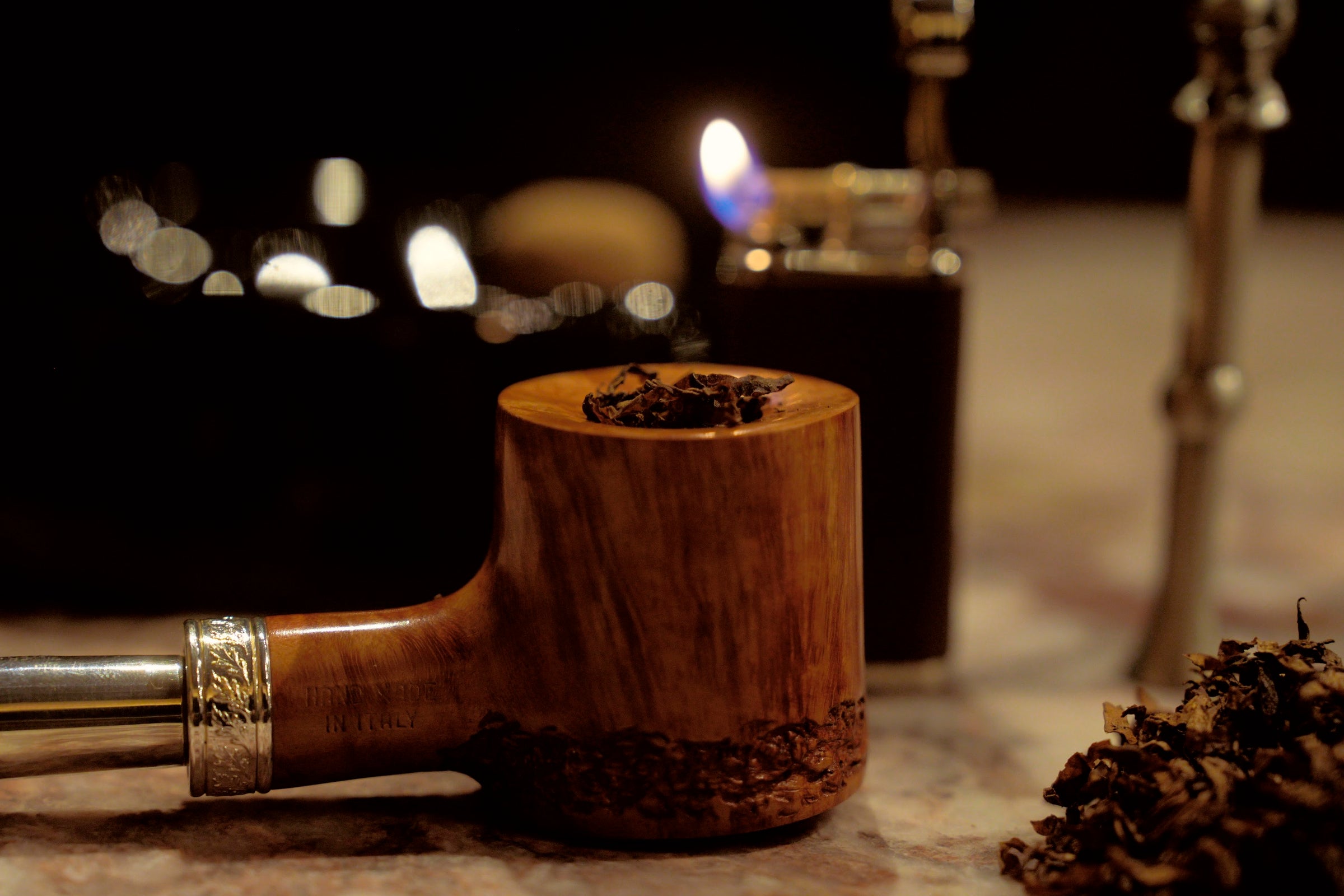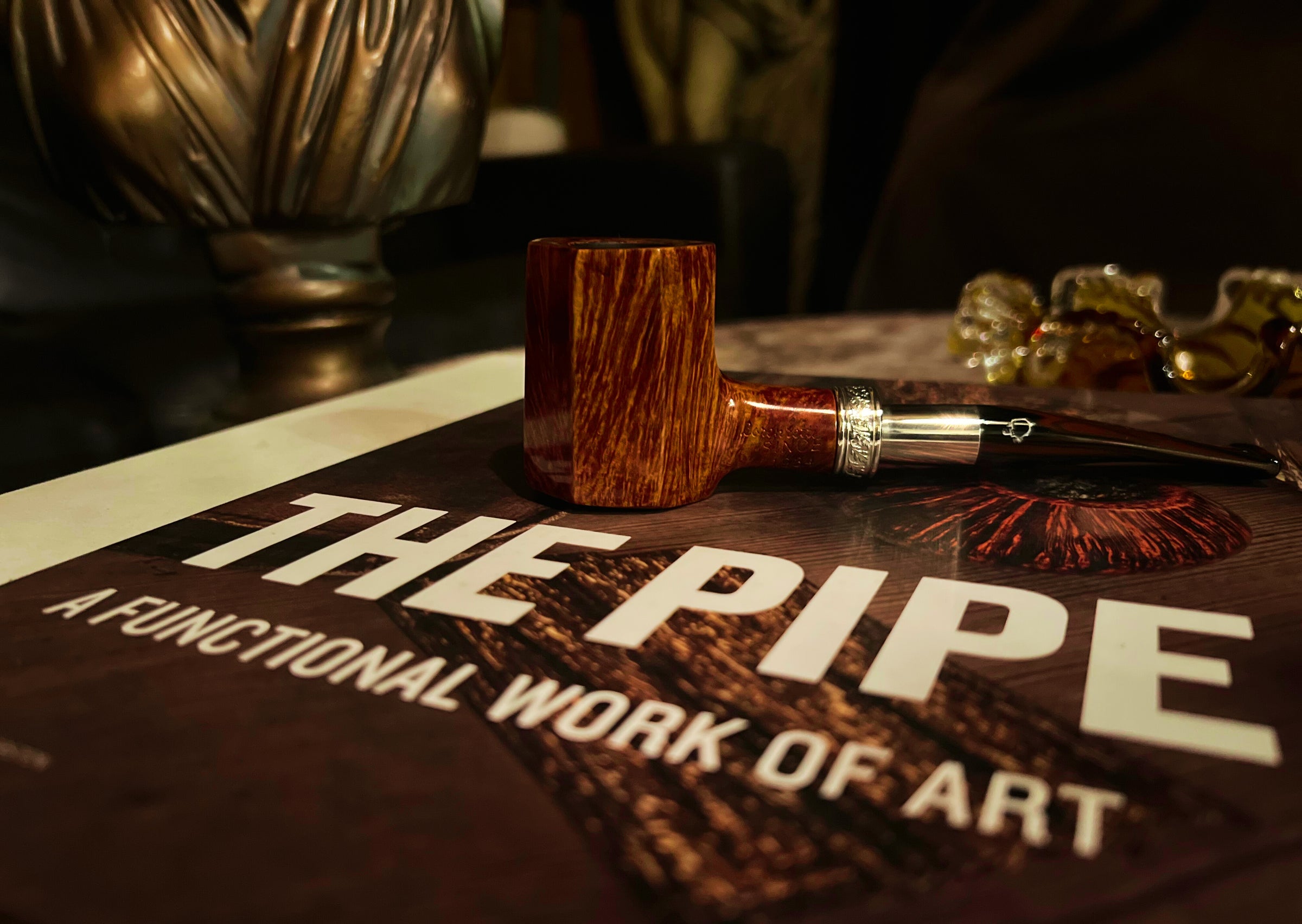
Pipes
Tobacco pipes have a rich history that spans cultures and centuries, offering a unique and traditional method of smoking tobacco. These pipes typically consist of a bowl, in which the tobacco is packed and lit, and a stem, through which the smoke is inhaled. Materials used to make pipes range from briar wood, meerschaum, clay, and even corn cobs.
Briar wood, particularly valued for its heat resistance and durability, is the most common material for high-quality pipes. Meerschaum, a mineral, provides a smooth and cool smoking experience and often features intricate carvings. Corn cob pipes offer an affordable and surprisingly effective option, famously associated with figures like Mark Twain.
The practice of smoking tobacco pipes has been both a social and solitary activity throughout history. The aesthetic and tactile qualities of pipes also contribute to their appeal, with collectors often valuing pipes as much for their craftsmanship and artistic design as for their functionality. Even today, a dedicated community of pipe smokers and artisans continues to thrive, preserving the legacy and culture of this timeless pastime.


